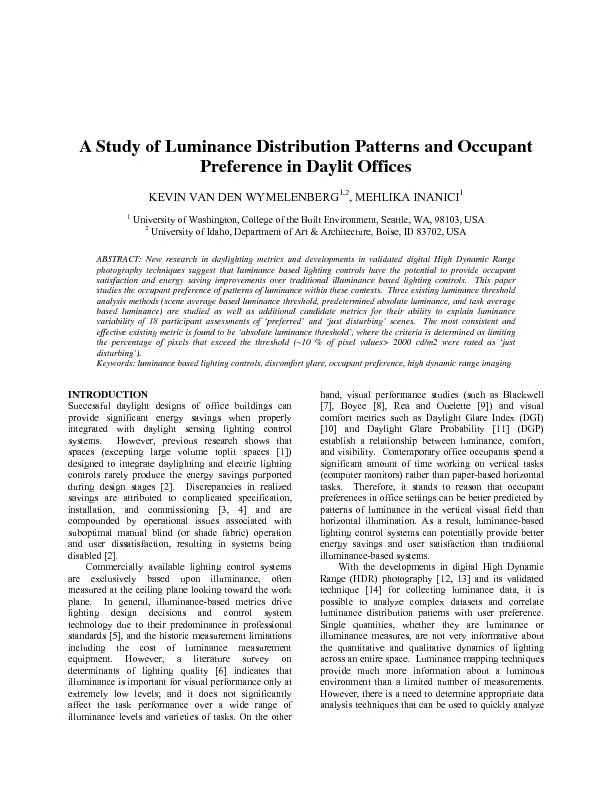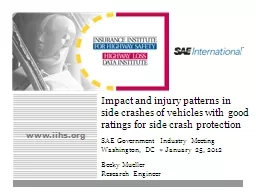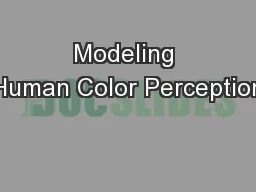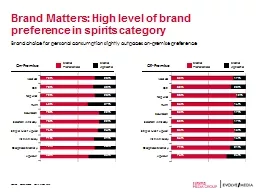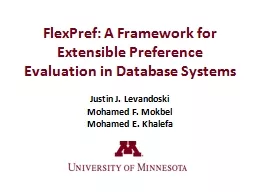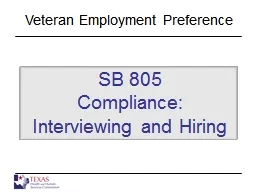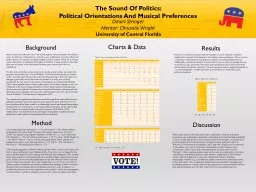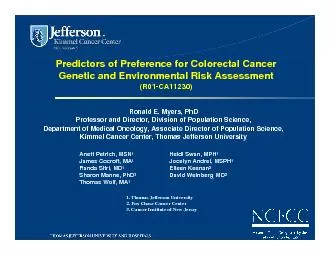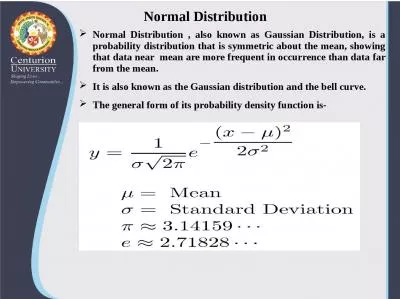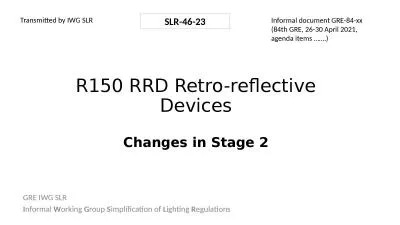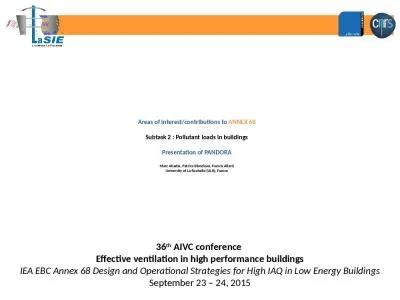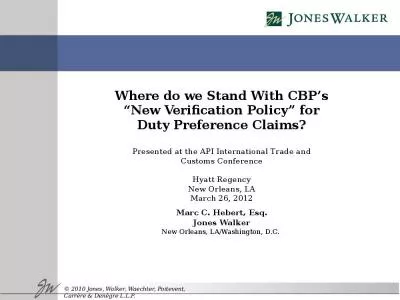PDF-A Study of Luminance Distribution Patterns and Occupant Preference in
Author : danika-pritchard | Published Date : 2016-06-23
PLEA2009 26th Conference on Passive and Low Energy Architecture Quebec City Canada 2224 June 2009 the information and provide useful feedback for lighting design
Presentation Embed Code
Download Presentation
Download Presentation The PPT/PDF document "A Study of Luminance Distribution Patter..." is the property of its rightful owner. Permission is granted to download and print the materials on this website for personal, non-commercial use only, and to display it on your personal computer provided you do not modify the materials and that you retain all copyright notices contained in the materials. By downloading content from our website, you accept the terms of this agreement.
A Study of Luminance Distribution Patterns and Occupant Preference in: Transcript
Download Rules Of Document
"A Study of Luminance Distribution Patterns and Occupant Preference in"The content belongs to its owner. You may download and print it for personal use, without modification, and keep all copyright notices. By downloading, you agree to these terms.
Related Documents

